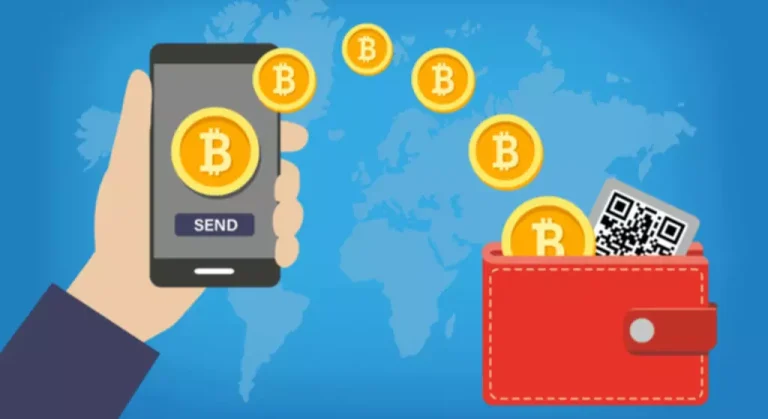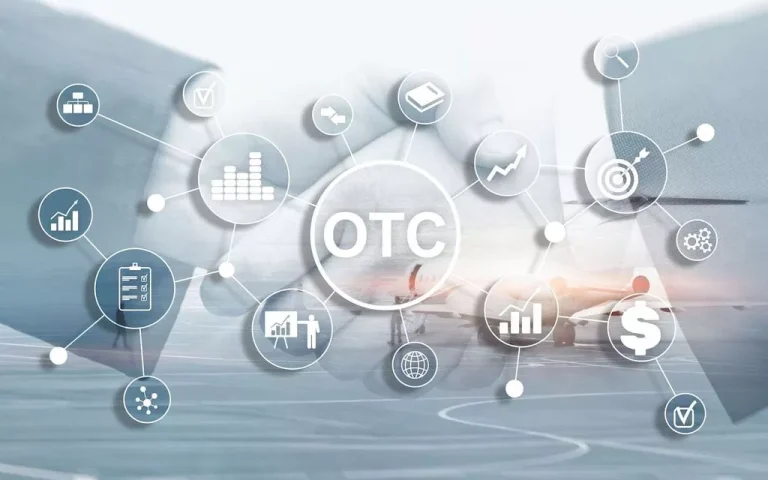FinTech
Decentralized Finance: Future Of Open Finance? Six
Open Finance and Decentralized Finance (DeFi) are two approaches which have gained momentum within the monetary landscape in current times. Unlike traditional banking, these innovations leverage expertise to provide extra clear, accessible, and inclusive financial companies. This guide delves into Open finance and DeFi, exploring their features, use instances, challenges, and their relationship. FinTech and DeFi are creating paths to monetary https://www.xcritical.in/ inclusion for people who otherwise would not have access to conventional financial providers.
Insights From Fidelity Wealth Management

Platforms like Tink and Plaid present secure APIs, enabling seamless integration of third-party providers with consumers’ financial institution accounts. Traditional debt constructions are rapidly evolving through crowdfunding and P2P techniques, including blockchain platforms for crypto-denominated borrowing and lending. DeFi supporters envision a future the place open Finance vs decentralized finance sensible contracts can automate payroll, accounts receivable, and royalty funds to ensure accuracy and timeliness. They consider this may even assist cut down on the executive costs required to manage these items. With DeFi smart contracts, nonetheless, Jane can join immediately with a lender without the necessity for a bank. That’s as a result of all of the logistics of the loan, including the terms and the power to track repayments, can be programmed into the sensible contract.
A Evaluation On Decentralized Finance Ecosystems

In addition, the idea Cryptocurrency of tokenized actual property on blockchain is fairly new and should create obstacles for patrons and sellers. The property market is extremely regulated and tax constructions may create greater complexity for transactions, especially throughout totally different geographic regions. As you study DeFi, you could come across the distinction between centralized finance and decentralized finance. Centralized finance—sometimes known as “CeFi” or “TradFi” by the crypto community—describes the world of traditional banks, brokers, insurers, and bank card corporations. For traditional finance, DeFi, and CBDCs to coexist, they must have the ability to communicate and transfer value across one another. Without this functionality, cross-border funds will remain sluggish, and multi-system operations will continue to require expensive handbook reconciliation.
Eight Cryptocurrency Exchanges Control 90% Of The Crypto Market Liquidity
The future of finance, especially world finance, is not on the horizon — it’s occurring now. Countries and Institutions that embrace interoperability, real-time compliance, and quantum-resilient security are positioning themselves as leaders of this transformation. By forming a strong network of banks and third events, both monetary service suppliers and customers benefit from larger transparency and convenience.
Bridging The Monetary Divide: The Method Ahead For Decentralized And Conventional Finance Integration
- Despite the benefits of each fintech and DeFi, there are inherent challenges that must be overcome.
- Due to their similar goals, it’s worth contemplating the ideas of Open Finance and Decentralized Finance in an built-in means.
- Many DeFi supporters think CeFi has shortcomings, including creditworthiness requirements, high fees, lengthy wait times for wire transfers, limitations on access to funds, and different elements.
- Additionally, crypto volatility could create unfavorable situations for each borrowers and lenders.
- Open Finance also revolutionizes the insurance coverage industry by automating payouts by way of parametric insurance coverage products primarily based on predetermined standards.
- They consider the remedy, after all, is DeFi—an ecosystem where builders are also in a position to create new services and products with out the necessity for approval from centralized entities.
Fortunately, the expertise to facilitate this course of already exists within the form of software programming interfaces (APIs). An API is a set of codes and protocols that determine how totally different software platforms communicate and interact. To enable open finance, an API acts as a safe conduit between financial institution methods and third-party options. DeFi protocols provide spinoff products corresponding to perpetual futures contracts, enabling customers to hedge against cryptocurrency volatility or speculate on digital asset costs. These decentralized derivatives present transparent and accessible danger management tools, benefiting industries reliant on secure pricing, including finance, commodities, and logistics.

Without technical information of how sensible contracts work, less skilled customers could also be at higher risk of constructing errors, and the slightest errors may result in dropping access to their property eternally. In addition, yield volatility on certain platforms can probably result in rapid devaluation of returns. However, while decentralization might offer larger privacy, a main trade-off is that there’s regulatory uncertainty, which can result in larger danger of scams and frauds. For instance, smart contracts are a comparatively new know-how and may probably face technical vulnerabilities. In the last few years, several excessive profile DeFi protocols have been hacked for over 9 figures in losses. Skeptics believe it’s not price putting your monetary belongings on the line assuming these sorts of dangers.
Open Finance depends on safe APIs, permitting consumers to integrate their financial institution accounts with third-party services, thereby gaining control over their financial knowledge. Although open finance makes information extra available, centralized banks and third events are subject to existing governance and regulatory necessities. Under the open finance mannequin, banks and third parties additionally operate because the custodians of shopper funds and knowledge with a centralized construction that limits each security and privateness.
As a result, conventional banks are going through growing pressure to improve their service choices. Through collaborative initiatives between fintech firms and standard banks, both industries and customers can profit. However, cross-platform friction, privateness, knowledge security, and regulatory necessities are significant hurdles to implementing open finance. Within the blockchain ecosystem, a fast-expanding trade known as decentralized finance (DeFi) aspires to revolutionize the current monetary sector. Financial services can now be accessed and given decentralized without the use of intermediaries like banks or different monetary establishments due to the introduction of DeFi platforms. The sector has been a hotbed for innovation in finance and adoption of blockchain expertise.
These include benefits like regulatory oversight, customer help, and more user-friendly interfaces. In addition, blockchains which host DeFi platforms can turn into congested, which can lead to larger transaction fees and slower confirmation occasions. Many DeFi supporters suppose CeFi has shortcomings, together with creditworthiness necessities, high charges, lengthy wait occasions for wire transfers, limitations on entry to funds, and other elements. They believe the remedy, in fact, is DeFi—an ecosystem the place developers are also able to create new services without the need for approval from centralized entities. Open Finance, or OpenFin, is about breaking down limitations and creating a more interconnected monetary ecosystem. It permits consumers to seamlessly integrate their bank accounts with third-party services, such as AI-powered budgeting tools and robo-advisors, by way of secure Open APIs.
Building on this momentum, the decentralized finance (DeFi) market is introducing options that rely on blockchain expertise to deliver the most autonomous financial services thus far. Traditional banks are dealing with growing competitors from monetary expertise (fintech) corporations. By improving the accessibility and convenience of economic providers, fintech is exploiting the shortcomings of traditional monetary establishments, and customers are taking discover. The fintech market was worth $127.66 billion in 2018 and is forecasted to reach a global value of $309.98 billion by 2022. While this growth is promising for fintech companies, consumers aren’t prepared to abandon banks altogether. Decentralized finance (DeFi) and centralized finance (CeFi) are two very distinct strategies for offering monetary services.
Sure their deed is on the blockchain for all to see, and possibly their popularity takes successful, but the cash remains to be gone and you may’t force payments such as you would should you received a court docket case. Conditions can be pretty simple, like a fee being transferred every first of the month, but they can be made as esoteric as the signatories would really like. However, as these dApps exist on the blockchain, once the deal is made, it could’t be altered.
The primary variations between the concepts lie in the expertise used and the system of governance. Depending on the use case and customer type, the wants for the involvement of intermediaries are completely different. Therefore, coexistence of the totally different ideas is predicted to be the longer term, which spurs a give attention to their interoperability. By compiling customer information into easily accessible bits, Open Finance empowers customers to optimize their monetary activities and gain higher control over their financial information. This give attention to accessibility, transparency, and collaboration distinguishes Open Finance from conventional banking fashions. Cryptopedia doesn’t guarantee the reliability of the Site content and shall not be held answerable for any errors, omissions, or inaccuracies.



